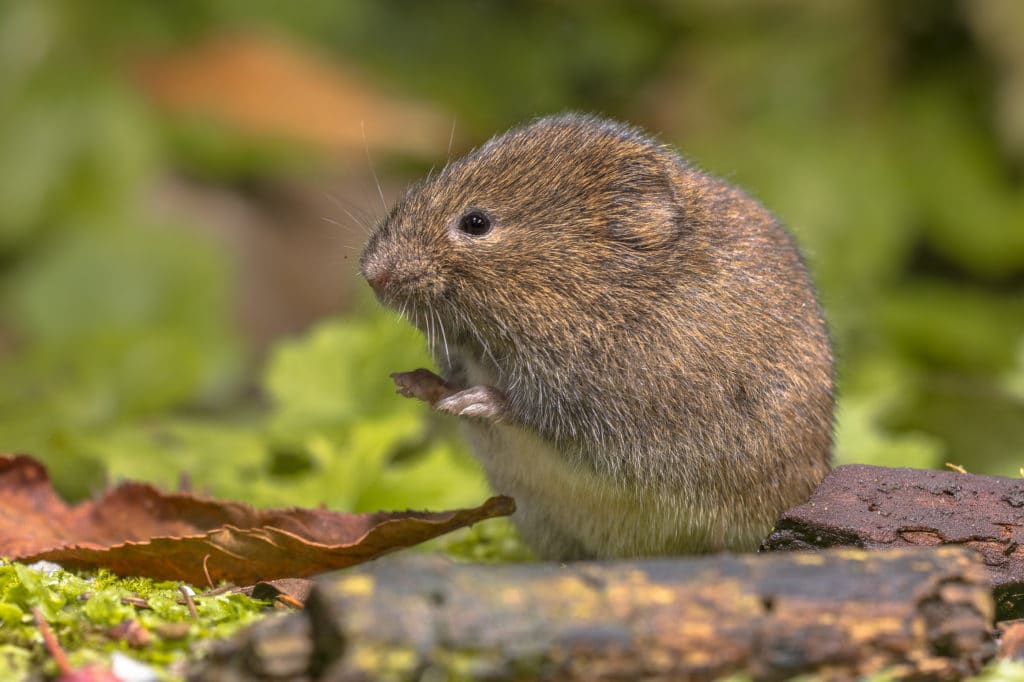Comprehensive Overview to Efficient Vole Pest Control: Invasion Recognition and Therapy Methods
In the realm of efficient parasite control, vole infestations pose a special difficulty that demands a tactical technique. These little rats, often incorrect for computer mice, can ruin gardens, lawns, and plants if left uncontrolled. Identifying the indicators of vole presence and applying targeted therapy techniques are vital elements of a successful parasite administration plan. By exploring the subtleties of vole habits, comprehending essential indicators of problem, and reviewing a variety of control choices, one can develop an extensive method to combat these elusive parasites.
Understanding Vole Habits
Vole actions is defined by their delving practices and rapid reproduction rates, making them a tough parasite to manage properly. These little rats normally create complex passage systems underground, utilizing them for shelter, food storage space, and transport. Voles are herbivores, consuming a selection of plants, light bulbs, turfs, and origins, which can create significant damages to gardens, orchards, and yards. Their rapid reproductive rate additional complicates control initiatives, with females qualified of producing several litters in a single year, each containing a number of children.
Comprehending vole habits is critical for reliable bug control techniques. By determining their burrow locations, checking feeding locations, and implementing targeted control approaches, such as trapping or habitat adjustment, vole invasions can be managed successfully.
Signs of Vole Problem

Prevention Strategies
Carrying out reliable avoidance approaches is critical in decreasing vole invasions and safeguarding plant life from their destructive feeding routines (vole control). To avoid vole infestations, it is necessary to begin by eliminating potential food sources and shelter. Maintain grass and plant life trimmed short, remove weeds and particles, and maintain a clean yard or grass to make the area much less eye-catching to voles. Mounting obstacles such as equipment fabric or below ground fence can likewise aid deter voles from getting in certain areas. Additionally, lowering excess dampness by repairing dripping pipelines and making sure appropriate drain can make the environment less congenial for voles.
On a regular basis evaluating the residential or commercial property for signs of vole activity, such as runways and delve openings, is important for very early discovery and prompt activity. Take into consideration using traps or repellents purposefully put near their paths if vole activity is believed. Utilizing all-natural predators like snakes or owls can also aid maintain vole click for more info populations in check. By implementing a combination of these avoidance garden enthusiasts, strategies and home owners can efficiently shield their plant life from vole damage.
Non-Lethal Control Methods
To successfully handle vole populaces while focusing on humane approaches, non-lethal control strategies provide sensible services for minimizing vole damages in landscapes and yards. These barriers can be hidden at the very least 12 inches curved and deep at a 90-degree angle to stop voles from tunneling underneath.

Lethal Control Options
One effective method for resolving vole invasions in gardens and landscapes includes the strategic use dangerous control alternatives. When faced with a serious vole problem that non-lethal techniques have actually failed to consist of, applying lethal control procedures becomes critical. One frequently used lethal control choice is the use of snap traps. These traps are developed to quickly and humanely kill voles upon activation, making them a preferred selection for numerous gardeners and landscapers. To raise the effectiveness of snap traps, it is recommended to position them in locations where vole task is high, such as along paths or near burrow entries. An additional lethal control alternative is the use of hazardous lures especially developed to target voles. These lures contain toxin that is consumed by the voles, resulting in their eventual death. Care has to be worked out when utilizing hazardous baits to avoid harm to non-target animals or pet dogs. Overall, when using dangerous control alternatives, it is important straight from the source to do so properly and in accordance with regional laws to successfully take care of vole infestations.
Final Thought
In verdict, efficient vole pest control needs a comprehensive understanding of vole habits, recognition of signs of invasion, execution of prevention methods, and application of both deadly and non-lethal control approaches. By combining these techniques, people can effectively handle vole populaces and safeguard their residential or commercial property from damages. It is essential to deal with vole infestations quickly to stop more concerns and reduce the influence on the surrounding atmosphere.
Given the elaborate passage systems and rapid reproduction prices characteristic of voles, identifying the indicators of vole infestation ends up being essential in reliable parasite control. One more information of the main signs of vole presence is the existence of surface paths or routes in yard or snow, generally concerning 1-2 inches wide, produced as voles travel in between their burrows and food resources.To effectively handle vole populations while focusing on gentle techniques, non-lethal control approaches offer sensible solutions for lowering vole damage in landscapes and yards.One effective technique for dealing with vole problems in landscapes and yards entails the critical usage of deadly control choices. vole lawn damage.In conclusion, reliable vole bug control requires a comprehensive understanding of vole habits, identification of indicators of infestation, execution of avoidance strategies, and application of both non-lethal and dangerous control methods